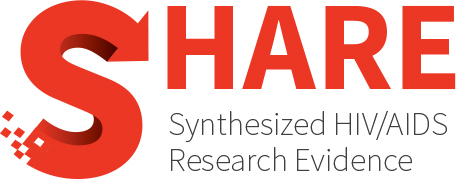Effects of combined aerobic and resistance exercise on exercise capacity, muscle strength and quality of life in HIV-infected patients: A systematic review and meta-analysis
Abstract
BACKGROUND: Many HIV-infected patients demonstrate disability and lower aerobic capacity. The inclusion of resistance training combined with aerobic exercise in a single program is known as combined aerobic and resistance exercise (CARE) and seems to be an effective strategy to improve muscle weakness, as well as aerobic capacity in HIV-infected patients. We performed a meta-analysis to investigate the effects of CARE in HIV-infected patients. METHODS: We searched MEDLINE, Cochrane Controlled Trials Register, EMBASE, CINAHL (from the earliest date available to august 2014) for controlled trials that evaluated the effects of CARE in HIV-infected patients. Weighted mean differences (WMD) and 95% confidence intervals (CIs) were calculated, and heterogeneity was assessed using the I2 test. RESULTS: Seven studies met the study criteria. CARE resulted in improvement in Peak VO2 WMD (4.48 mL.kg-1.min-1 95% CI: 2.95 to 6.0), muscle strength of the knee extensors WMD (25.06 Kg 95% CI: 10.46 to 39.66) and elbow flexors WMD (4.44 Kg 95% CI: 1.22 to 7.67) compared with no exercise group. The meta-analyses also showed significant improvement in Health status, Energy/Vitality and physical function domains of quality of life for participants in the CARE group compared with no exercise group. A nonsignificant improvement in social function domain of quality of life was found for participants in the CARE group compared with no exercise group. CONCLUSIONS: Combined aerobic and resistance exercise may improve peak VO2, muscle strength and health status, energy and physical function domains of quality of life and should be considered as a component of care of HIV-infected individuals.
Authors
Gomes Neto M, Conceição CS, Oliveira Carvalho V, Brites C.
Year
2015
Topics
- Determinants of Health
- Other
- Population(s)
- General HIV+ population
